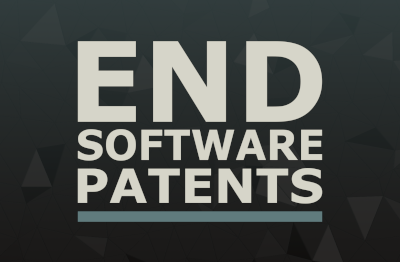Posts
4826Following
321Followers
488OpenPGP: 3AB05486C7752FE1
Jarkko Sakkinen
jarkkoNow I get why there’s been so much #ACPI discussion recently in my feed. IMHO, the whole topic is not even worth of essay because you would need to compare it something that also enables universal management interface for heterogenous data center environment. ACPI is ugly but it is also universal. I’d like to see something less ugly implementing the same role.
When it comes to bloat I would rather focus on desktop applications implemented with #JavaScript and #HTML eating all your computing resources. It is ugly and bloated in a whole new level. Web desktop truly sucks
.,, and biggest contribution #vscode has made to the software ecosystem is turning even the freaking text editor as malware.
Jarkko Sakkinen
jarkkoOK, something probably pretty basic with #QEMU I need to ask.
I have this command-line, which is generated by #Keystone #RISCV #TEE build:
/home/jarkkojs/work/keystone/qemu/build/riscv64-softmmu/qemu-system-riscv64 \
$DEBUG \
-m 2G \
-nographic \
-machine virt,rom=/home/jarkkojs/work/keystone/build/bootrom.build/bootrom.bin \
-bios /home/jarkkojs/work/keystone/build/sm.build/platform/generic/firmware/fw_payload.bin \
\
-netdev user,id=net0,net=192.168.100.1/24,dhcpstart=192.168.100.128,hostfwd=tcp::${HOST_PORT}-:22 \
-device virtio-net-device,netdev=net0 \
-device virtio-rng-pci \
-smp $SMP
QEMU has support for #Spike, which is #CVA6 emulation.
So when I do to the above command-line simply s/virt,/spike,/g, I get this error:
$ build/scripts/run-qemu.sh
**** Running QEMU SSH on port 3617 ****
qemu-system-riscv64: Property 'spike-machine.rom' not found
How do I end up to this error message? Why does it seek a filename like that? Without rom= I can run Spike emulation but I need that bootrom for the application.
Jarkko Sakkinen
jarkkoJarkko Sakkinen
jarkkoJarkko Sakkinen
jarkkoJarkko Sakkinen
jarkkoJarkko Sakkinen
jarkkoInkscape
inkscape@mastodon.artHere at the Inkscape Project, we're excited about our upcoming milestone... we're turning 20 in November! 🎉
Watch for an opportunity to learn more about some of our contributors later in November.
For now, we're hoping to collect your best wishes and what you've achieved through using #Inkscape for sharing with our contributors and the community (open until Oct 31):
https://office.inkscape.org/nextcloud/index.php/apps/forms/s/cc5Jy4FwbkbkWqweGCkAQRTp
Free Software Foundation
fsf@hostux.socialProtect developer freedom. Abolish software patents. Learn why software patents are unjust by checking out the new design of our #endsoftwarepatents initiative. https://u.fsf.org/3f-
Jarkko Sakkinen
jarkkoI’ve opened up #development #git tree for in-kernel #Keystone #enclave #driver:
https://git.kernel.org/pub/scm/linux/kernel/git/jarkko/linux-riscv-keystone.git/
Existing branches:
keystone: follows Linus’ tree.keystone-5.19.y: I’m actively trying to get Genesys2 FPGA hosting CVA6 working with this kernel version. Buddy allocator works but the use ofdma_alloc_coherent()to allocate contiguous physical memory for enclaves freezes the system when it is being used (not in the call itself).
Keystone enclaves are applications hosted by Keystone security monitor running inside #OpenSBI, and partitioned and protected by physical memory protection (usually shortened as PMP) machine registers.
PMP is part of standard RISC-V ISA, which means that Keystone enclaves are usable with any RISC-V CPU with MMU. There is nothing that would prevent this coming eventually a mainline feature because it works for without non-standard or proprietary components involved.
Another favorable element of having Keystone enclaves as kernel feature is that Keystones enclave can run both in U-mode and S-mode meaning that kernel subsystems could use the feature too (if wanted). For instance, #Intel #SGX can host only ring-3 enclaves, which limits its scope.
Jarkko Sakkinen
jarkkoWrote myself a cheat sheet on how to get #unprivileged #Nix up and running because had forgotten how to do it. I like my Nix this way, i.e. a #container tool for me that actually makes sense to me I guess, and fits for my needs.



